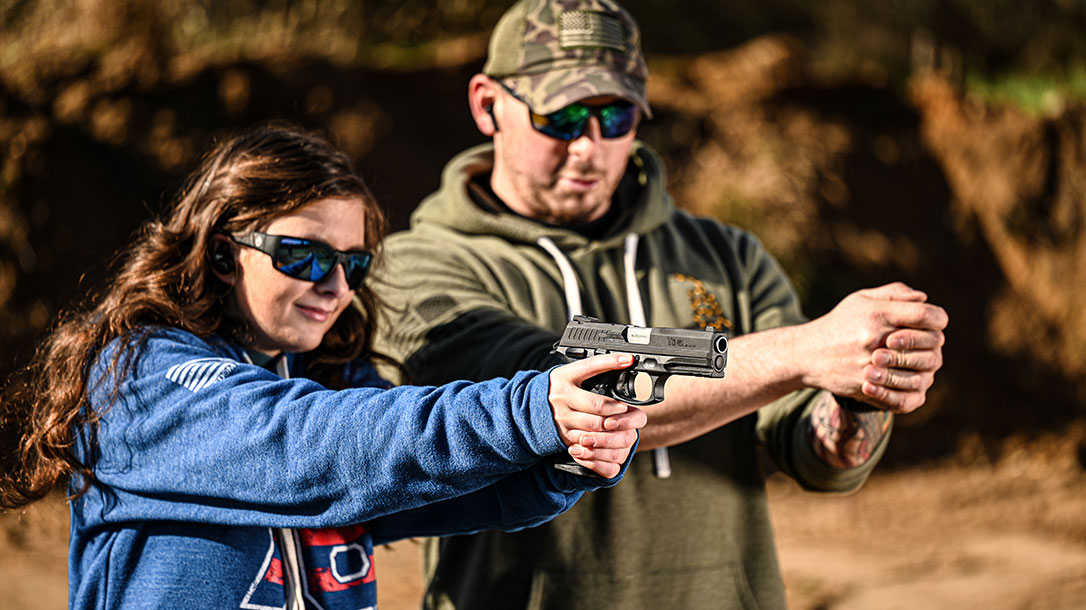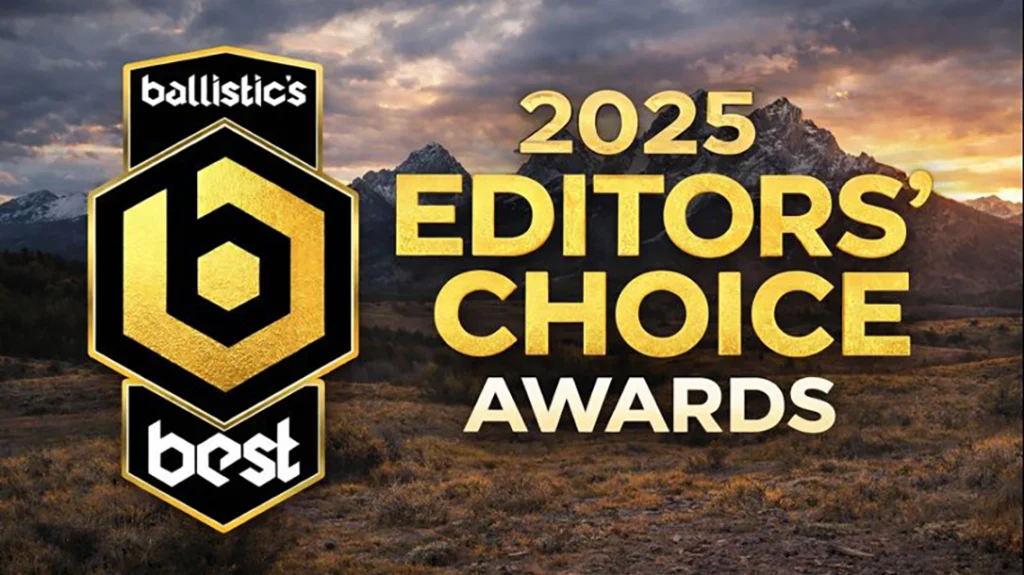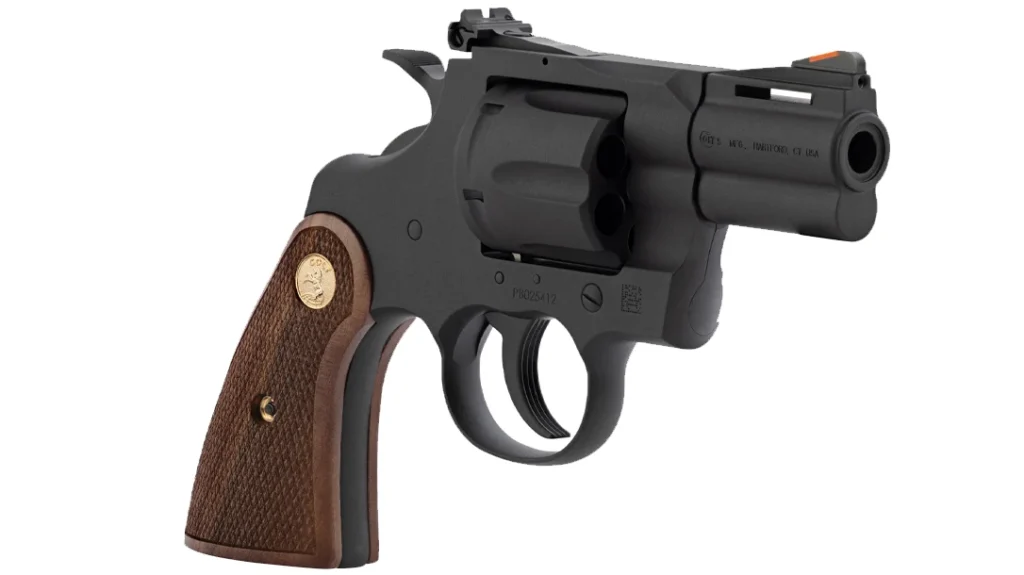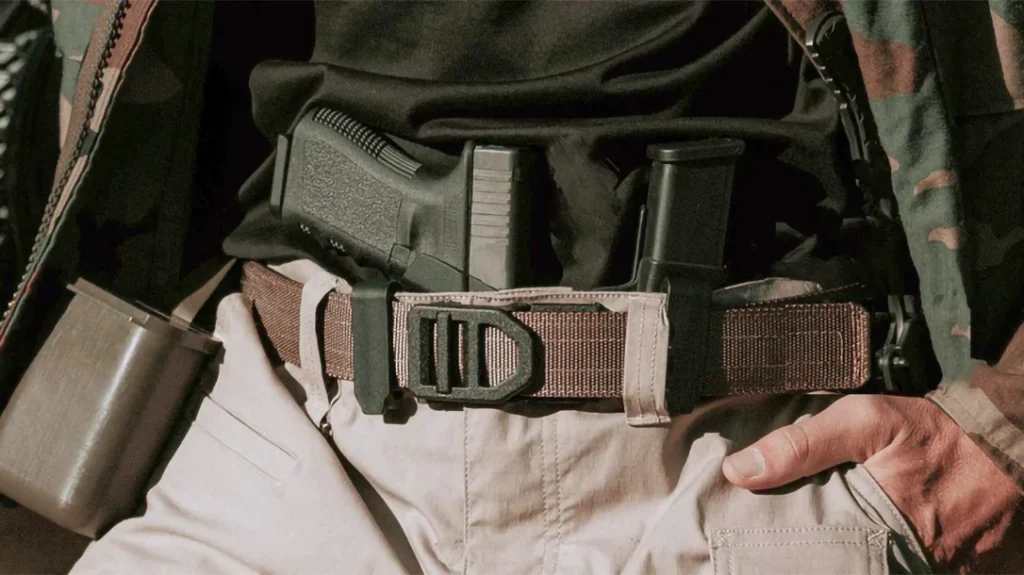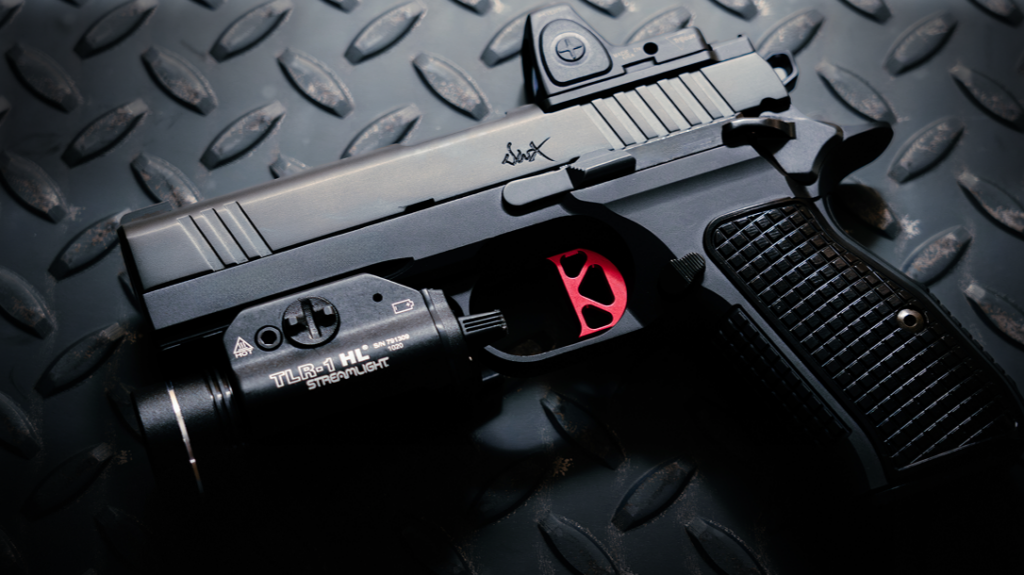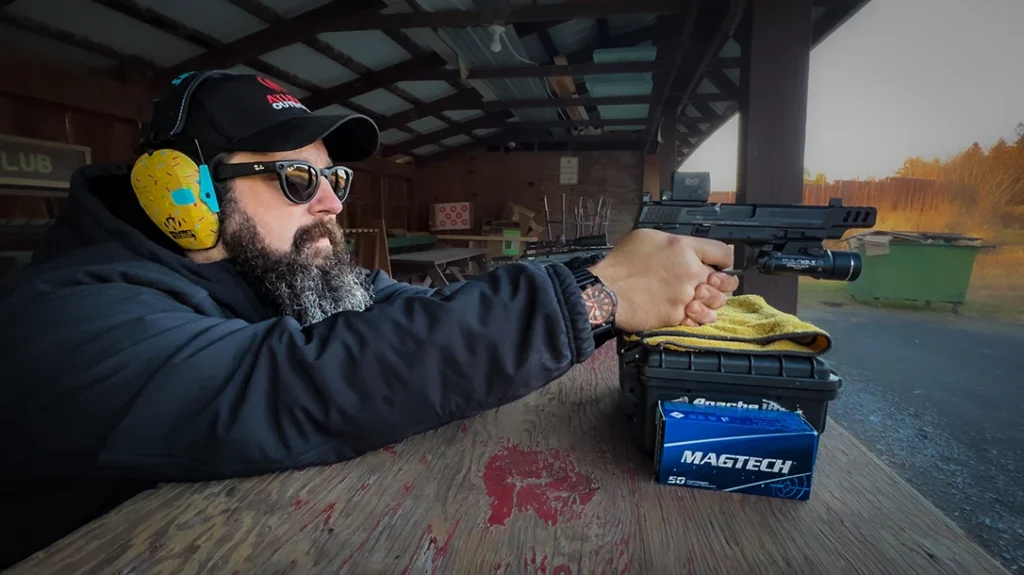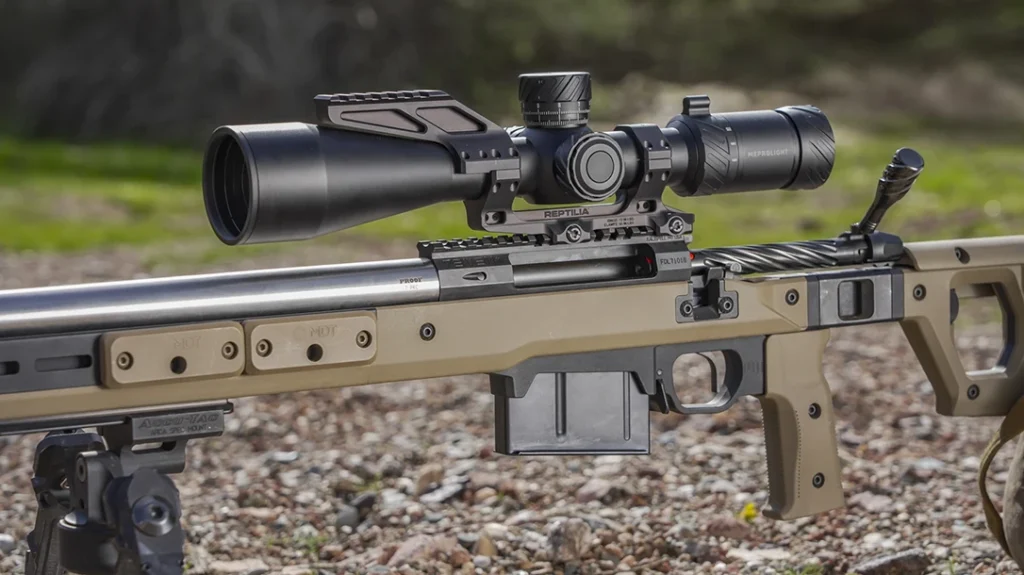Before I took a CPL class, I experienced an array of emotions leading up to it. Hesitation, excitement, and, most notably, anxiety. I will not lie and say I was perfectly calm and collected at the idea of taking a safety course to obtain my CPL (CCW in some states). In fact, I felt like I was shooting a firearm for the first time all over again. Nervous, ready to bolt, and not letting anyone stop me from fleeing. I’m really glad I didn’t.
A CPL Class is the Best Class You Will Ever Take
I can see how someone may find taking a safety course nerve-wracking. Not to mention feeling like they are not ready. I used to think and feel the same way. However, since taking the class, my whole perspective has changed in the best way possible.
Based on my personal experience, here is what you can expect when you take a CPL course.
Advertisement — Continue Reading Below
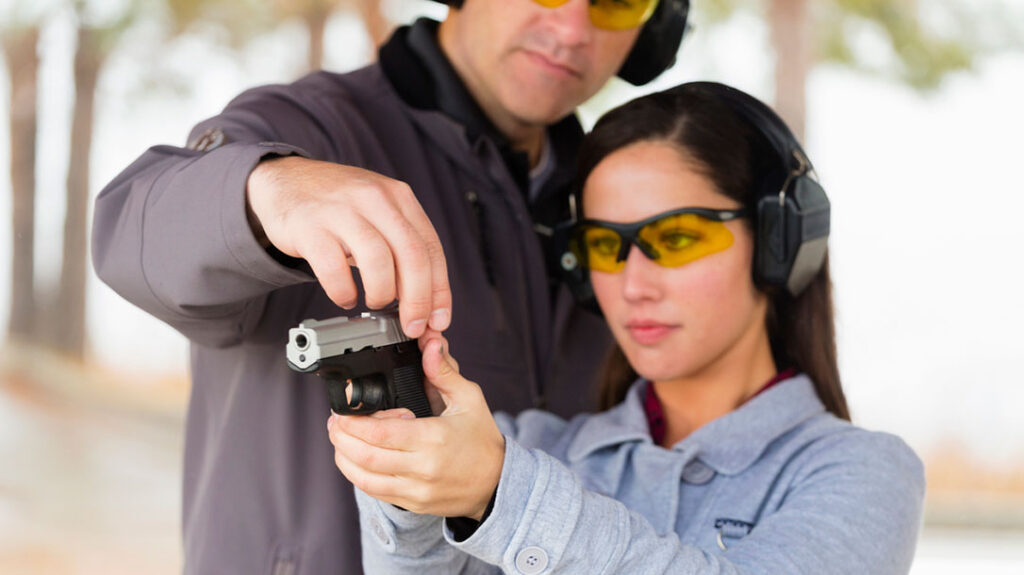
What You’ll Need for Your CPL Class
The specific class I took was with Pew Pew Nation, which is run by Andy Grossman and Dennis O’Callaghan. The two have been teaching together for over six years.
Ultimately, I knew that I wanted a class that was on the smaller side. Fortunately, the class I took was perfect, with a total of nine people. The class itself was divided into three sessions—classroom session, range session, and the test-taking portion.
Advertisement — Continue Reading Below
For the classroom session, everyone was instructed to bring pens and paper to take notes. Likewise, for the range session, you could either bring your own firearm or you could rent one from the instructors.
You also had to bring 50 rounds of ammunition. However, if you rented a firearm from the instructors, you would have to purchase the ammunition they had provided. Eye and ear protection were also a requirement.
Class is in Session
While sitting in a chair for hours on end may sound unappealing, this class was the exact opposite. It was a fun balance of short breaks, stories shared, and a laid-back atmosphere. The instructors fed off each other’s energies well, taking turns to educate and share mistakes they have made throughout the years.
Advertisement — Continue Reading Below
The classroom portion was broken down into four lessons. While I won’t go into much detail on each subject, I will give you an idea of what was taught.
The first lesson broke down the specific responsibilities of being a firearm owner. Likewise, there was a quick review of the different types of firearms. Finally, we learned what happens when you protect yourself from an assailant—mentally and physically.
In my opinion, the second lesson of the day contained the most beneficial information. Here, we learned the three rules of firearm safety, different types of malfunctions, and the five range commands.
Advertisement — Continue Reading Below
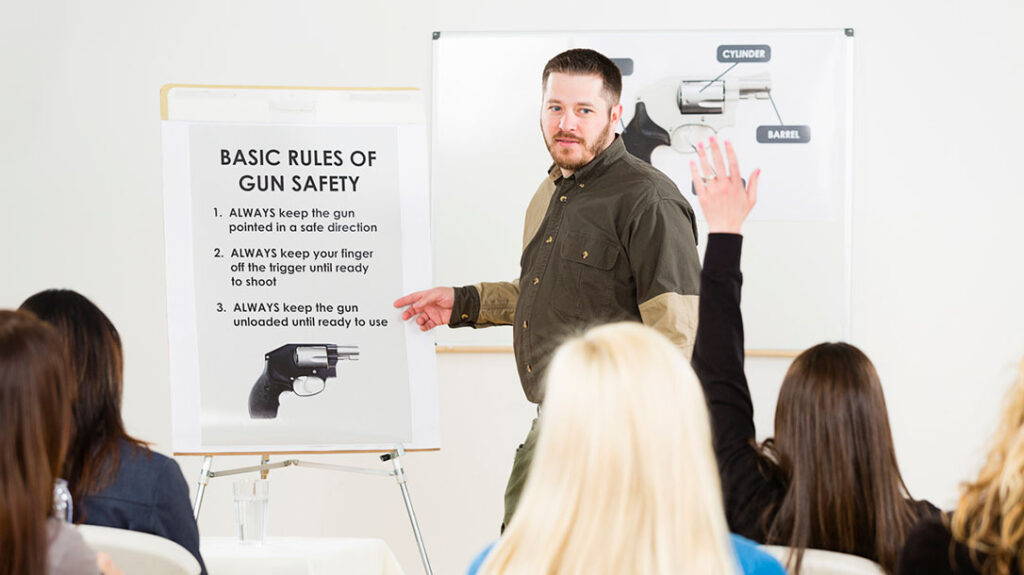
Getting Hands-On Experience
Now, there are two types of people who can take this class. Those who have used firearms before and those who have not. Regardless of your skill level, the next part of the class allowed everyone to get hands-on experience with firearms via a dry firing system.
With this system, everyone had the opportunity to grip, load, stand, and use the slide lock of a firearm. It was a great way to get warmed up to the idea of firearms if you were a newbie. Additionally, it also allowed the instructors to see how you handle a firearm. This gave them the opportunity to offer any corrections and prepare you for the range portion of the class.
Advertisement — Continue Reading Below
Legal Considerations of Carrying a Concealed Firearm
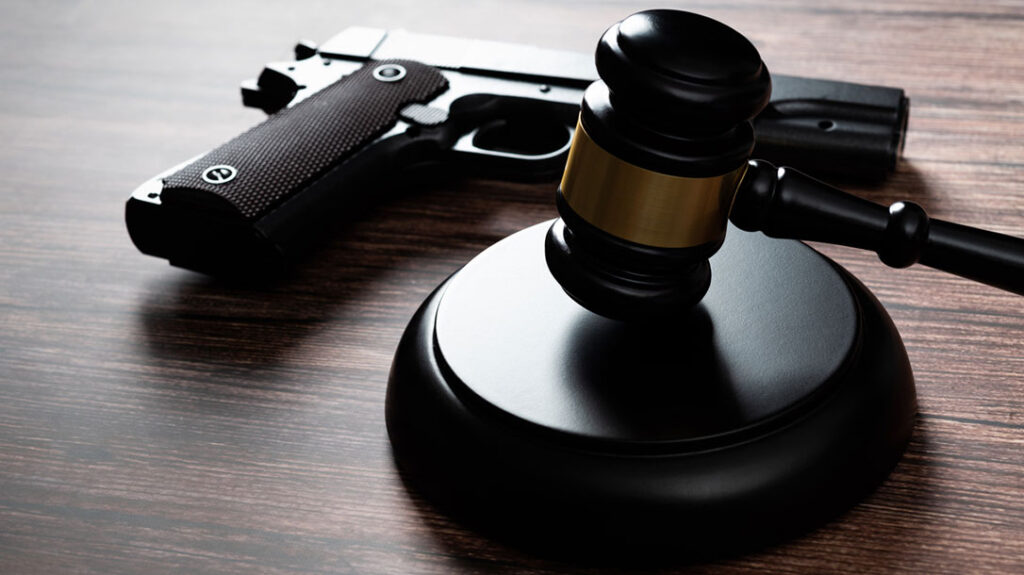
Lesson three was about firearm laws, the use of deadly force, and areas where you can transport and possess a firearm. Now, it is important to recognize that no state is the same regarding its laws and regulations. Sure, you might have states that will recognize your state’s permit, but not every state will.
A personal protection course does a great job of explaining the dos and don’ts of firearm ownership. Likewise, it helps you stay up to date on your state’s rules and regulations. This session is arguably the most important part of the course to learn.
Advertisement — Continue Reading Below
Finally, the last session touched on home safety strategies and what to expect after using your firearm in a defensive situation. Overall, I found that a lot of the material was information I already knew or had a general understanding of.
It was not difficult to understand, and the class was structured so that I could ask questions at any point if I needed clarification.
Heading Out to the Range
Halfway through the lesson, everyone gathered their materials and headed off to the outdoor range. Understandably, there was an eager energy buzzing in the air. Immediately upon entering the range, we were greeted with steel targets downrange. I found that the use of steel targets made it extremely helpful to hear and see if you made contact with your target.
Advertisement — Continue Reading Below
Orange spray-painted lines on the ground designated the safe areas where we could stand when not firing. Then, everyone was separated into three groups. Three seemed to be the lucky number of the day, as only three people would be shooting at a time.
There was a total of 10 drills, and in each drill, we shot five rounds. Naturally, I assumed that we would be judged on how well we could shoot. However, I quickly found that all we had to do was try our best. At the end of the day, we were there to show the instructors and ourselves that we could shoot properly. It was not about showcasing our skill level.
As we worked through the drills, it was clear they were also about practicing firearm safety. Always pay attention to your surroundings, keep your finger off the trigger until ready to shoot, and always listen to the range officer.
Advertisement — Continue Reading Below
The drills were a fun change of pace from sitting in a classroom. They were educational and really made you stop and think about how you handle your firearm. Truthfully, I plan on trying some of the drills the next time I go to the range.
However, one surprising aspect was that there was no drill, guide, or lesson on holstering a firearm. The main takeaway from the drills and class was learning how to handle your firearm safely.
Test Time
For as long as I remember, I have always had bad anxiety about taking tests. And for the life of me, I could not get over the embarrassment or frustration if I didn’t pass. Sure, it wouldn’t have been the end of the world, nor would it have any consequences attached. But my pride made me not want to lose.
It was not until after completing the class that I learned it was structured as a pass/fail. In fact, there was no graded written test like I anticipated. After the last lesson, Dennis jumped into action, asking the class questions, and we all collectively answered them.
He asked us about the three safety rules, different malfunctions, and range commands, and we all easily answered. A couple of minutes went by, and before we knew it, certificates were handed out. We had all officially passed.
As exciting as the certificate was, it did not automatically mean we could start carrying a concealed firearm. We were instructed to make an appointment with our County Clerk’s Office and then the Records Department to start the process of getting our CPL.
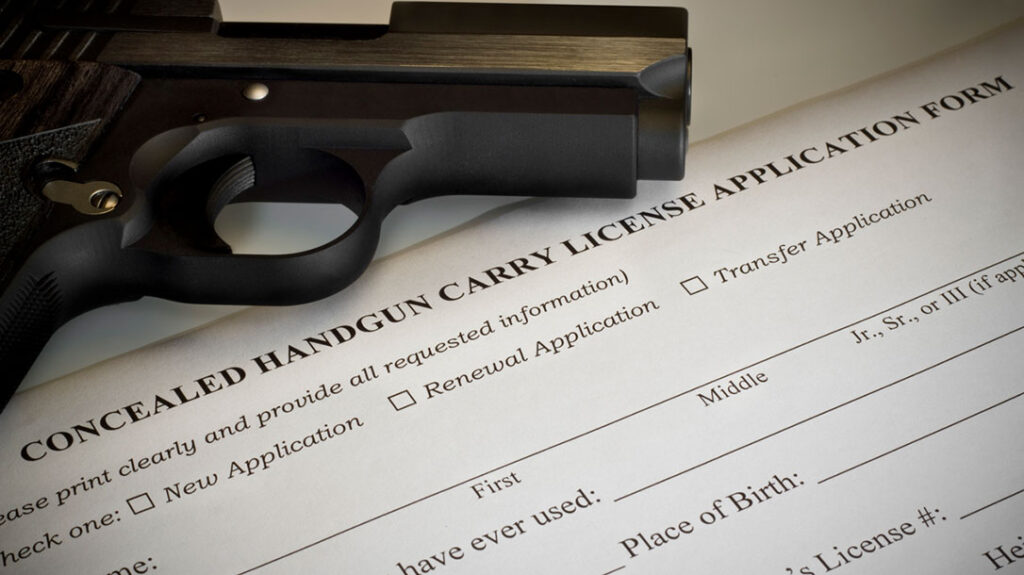
Nonetheless, I want to stress that just because you take a CPL class does not mean you have to carry concealed if you are not ready. Honestly, I was not ready to conceal carry prior to taking this class. However, this course gave me the necessary information to carry. So, when I am ready to carry, I have the tools needed to ensure that I can.
Final Thoughts
I can say without a doubt that Pew Pew Nation made sure to hit all NRA requirements. However, the instructors went above and beyond to educate and promote firearm safety.
It was not just a class on how to carry a concealed firearm. Instead, it was a class made to teach you how to be a smart and responsible firearm owner. You’re given the tools to set you up for success, and it’s up to you how you want to proceed.
The class is designed for anyone at any skill level. Thankfully, I had a couple of months of experience with firearms under my belt to assist me. This made the class easier because it allowed me to focus on the material being taught and have fun. It helped me to not focus on my bundle of nerves.
Essentially, you need four things to pass a CPL class—a good attitude, the ability to pay attention in class, the ability to follow instructions, and the time to devote to taking the class.
The class itself was seven hours long, which may seem like a big sacrifice. But when you really think about it, it’s not. Seven hours of my time means I can be a better and smarter firearm owner. Not to mention, a safer individual who can protect myself when necessary.
My apprehensions certainly outweighed reality. I am so glad that I did not let an uncomfortable feeling hold me back from reaching my best potential. Neither should you.
